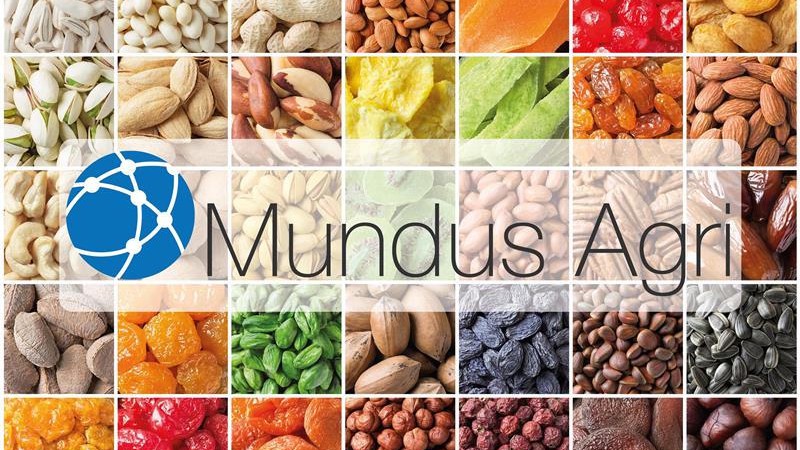Rapeseed: Focus is the EU market
December 1, 2017 at 2:04 PM ,
Starry Night Ltd.

BULGARIA. Rapeseed is the only locally grown crop that commands the highest relative export turnover ratio, based on aggregate production alone, in comparison with these of its counterparts such as wheat, barley, etc. For instance, by the 24th of November 2017, the country has exported 84.34% of its national output from harvest 2017-18. Such a high turnover ratio should send a crystal clear signal to local farmers that the more they harvest, the more they could sell.
Rapeseed: regional competition matters
Annually, imports of rapeseed are generally limited, for instance, during season 2016-17, imports reached 70,000 mt. Since the local rapeseed refining oil sector bites a small portion of national output on a yearly basis, almost all local production is shipped abroad, with the markets of the Union being the main shipment destinations. Usually, locally grown rapeseed is exported to Belgium, Germany and France among other EU members. Exports to countries outside of the EU market are usually in smaller quantities.
|
Harvest 2017-18 (01.07.2017 - 24.11.2017) units in MT |
|
|
Beginning availability |
25,000 |
|
Aggregate output |
458,110 |
|
Imports |
27,655 |
|
Domestic consumption |
33,600 |
|
oil & biodiesel production |
33,600 |
|
Exports to the world |
386,561 |
|
to EU markets |
365,265 |
|
to rest of the world |
21,296 |
Source: Bulgarian Ministry of Agriculture
However, this marketing season, the turnover rate has been weaker if compared to that of last year, and local market players used to point a finger at the higher availability of rapeseed within the Black sea region. A case in point, by the 24th of November 2017, the country shipped to the world 386,561 mt while by that time last year, exports reached 465,766 mt. Some say the wind blows from Ukraine, and its currents are quite strong this season. Anyhow, Bulgarian harvest 2017-18 was weaker than that during the previous year, which came to an aggregate output of 493,157 mt, and as a result, in addition to the surplus availability in the region, this year’s export rate is unfolding at a slower rate.





